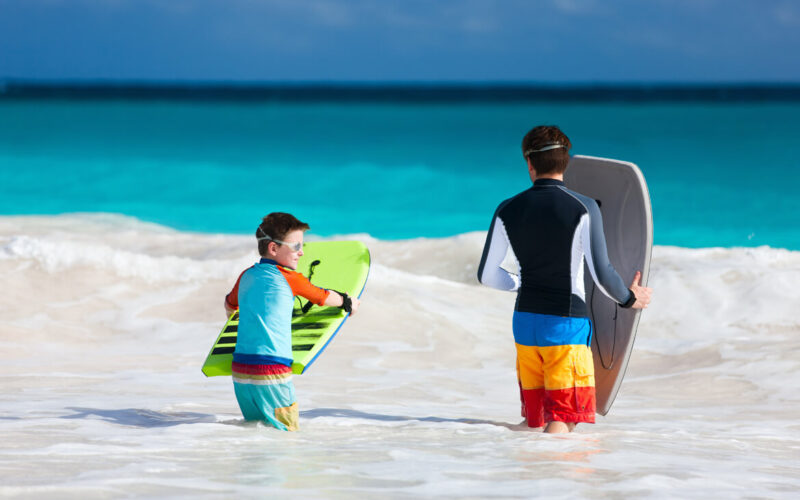Our Afterschool Surfing Programs are 1 hour and 30 minutes long. We have created this program specifically for kids who are 5 to 18 years old and are still learning the fundamentals on how to surf. Considering their busy school schedules, our clinics are given as an after-school program from 4pm -5:30pm.

Afterschool Surfing Clinics
We always begin with a warm up that consists of several muscle memory exercises and balance training technics. This is done with the purpose of enhancing your kid’s ability to understand their body and its capabilities. We always advocate water safety to ensure the best experience in the water and to keep of kids out of harms way. Surfing clinics are a great way for your kid to stay active while learning how to surf.
Frequently Asked Questions About Our Afterschool Surfing Clinics in Puerto Rico
What do girls wear for surfing?
Bikini/Two Piece Swimsuit. When the water is warm you don’t need to wear a wetsuit when surfing and you may just want to go out in your bikini.
One Piece Swimsuit.
Swimsuit + Rash Shirt.
Swimsuit + Tshirt.
Wetsuit.
Do surfers shave their legs?
Surfers tend to keep their garden well attended. … While not universal, in the same way that some road cyclists apparently don’t shave their legs (so we’re told) most surfers keep their downstairs at least trim, if not balder than Kojak in a Veet factory.
Why is surfing so hard?
The Learning Curve
Before you start surfing, you must know this: surfing is one of the most difficult and complex sport in the world. … Elements such as wind, tides and swells are affecting the waves you surf differently every single day. It’s a very challenging and enjoyable learning process.
How do I prepare for first time surfing?
To start, surf only at beginner spots. (See Where to Surf, below.)
Before paddling out, spend at least 30 minutes watching the surf. …
Be respectful. …
Understand the rules. …
Stay out of the way when paddling out.
What size waves are good for beginner surfers?
1.5 – 2ft
Good wave height for beginner surfers? Generally speaking the smaller the better — but not too small that you can’t get moving. This usually means waves in the 1.5 – 2ft range (occasionally 3ft if you’re up to it).
Why Afterschool Surfing Clinics With Surf With A Pro In Puerto Rico
- Techniques for paddling through the break Maneuvering the surfboard
- Reading and selecting waves
- Turning
- Timing
- Surf etiquette
- Tides and other factors that affect wave quality

